The OnePlus 6 Review: Among The Best Of 2018
by Andrei Frumusanu on July 27, 2018 8:30 AM EST- Posted in
- Mobile
- Smartphones
- OnePlus
- OnePlus 6
Software UI - OxygenOS 5.1
As noted in the introduction, I haven’t had the opportunity to spend much time with OnePlus devices in the past so OxygenOS is also naturally something I haven’t had much experience with. OnePlus is known to have excellent software support with quick and frequency updates. Indeed my review device was very quick in getting the latest July update to 5.1.9 and most interesting for users living on the bleeding edge, OnePlus takes part in the Android P beta program and it’s available for the OP6.
Design-wise, OxygenOS is as close to clean Android as it can be. Out of the box the phone comes with just the bare essentials with the only OnePlus “specific” application being the OP community app. The launcher includes both an app drawer as well as puts most recently installed applications on the second home-screen. The left screen from the homescreen acts as sort of a dashboard with various preconfigured widgets such as memo functionality, recent contacts, recent apps and other subjectively useful toolboxes. The important feature here is that you’re able to add in arbitrary widgets onto the scrollable list, which is an interesting way of organizing your widgets.
The notification tray is very clean and doesn’t veer far away from standard conventions.
A much appreciated default feature in the OS is the ability to switch the OS into a dark theme. This turns the then predominantly white UI into mostly black and dark coloured elements, not only throughout the SystemUI but also in the bundled system applications.
I’ve talked about how I really liked the gesture navigation on the Xiaomi MIX 2S and how it allowed for regaining more screen-estate by ditching the navigation bar. OnePlus’ implementation is similar in that swiping up from the bottom edge of the screen goes to the homescreen, but the back navigation functionality, instead of swiping up from the bottom lateral sides of the phone like on MIUI is implemented by swiping up from the sides of the bottom bezel which I find a lot more natural in terms of movement.
One aspect of OnePlus’ implementation that I did not like at all is the hold duration needed to bring up the multi-tasking screen. This is done by also swiping up from the bottom middle of the screen, but holding your finger instead of letting it go will open up the multi-tasking screen. The problem for me was that I found the hold duration required to be too long and kind of detracted from the fluidity of the navigation.
As an avid user of desktop browser gestures for a good 15 years, I’m extremely happy to see gesture navigation catching on in mobile – for many years we’ve had various innovative implementations from Chinese vendors but due to Google CTS limitations in the past we haven’t had the opportunity to see it wide-spread more often in western devices. Ironically it took Apple introducing them on the iPhone X to see Google finally have a change of heart. UI-less gesture navigations are in my opinion the single best solution to ergonomics. I think what Google did in Android P is a very poor and rushed attempt – hopefully vendors will have the liberty to implement their own variants.
For OnePlus what I’d like to see in the future is to have more customizability such as varying hold duration, and maybe more customizable gestures to just let the user decide how he’d like them to function. I’m really looking forward to how things will evolve over the next couple of years as I think in the transition towards immersive bezel-less displays the traditional navigation bar has outlived its purpose.
As mentioned in the intro, the notch attracts a lot of controversy. In reality there’s nothing controversial about it and it fulfils its purpose wonderfully: to extend screen real-estate. The OnePlus 6 in no way hinders any kind of experience and if you don’t like the visual cut-out, you can simply black it out.
Overall OxygenOS on the OnePlus 6 is very straightforward and there’s very little to criticise it on. Performance is also outstanding, and that’s what we’ll more closely analyse in the next section.



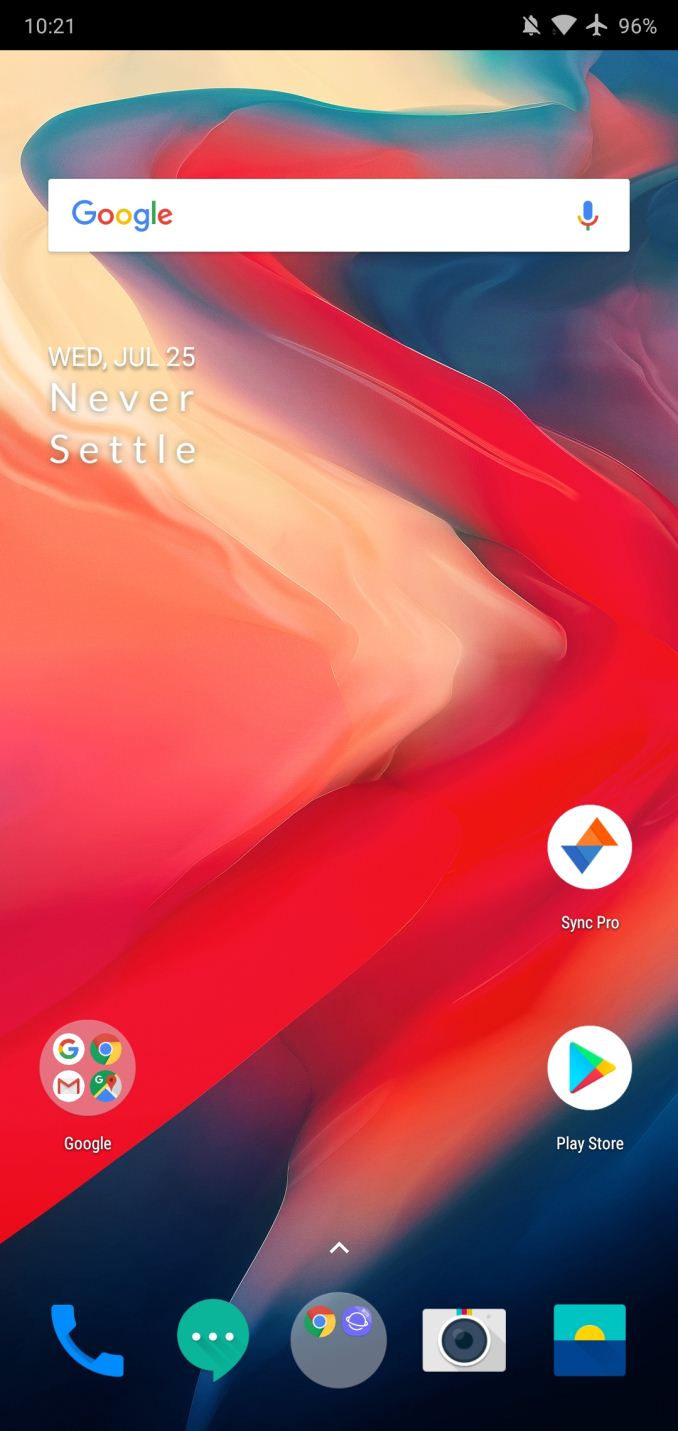
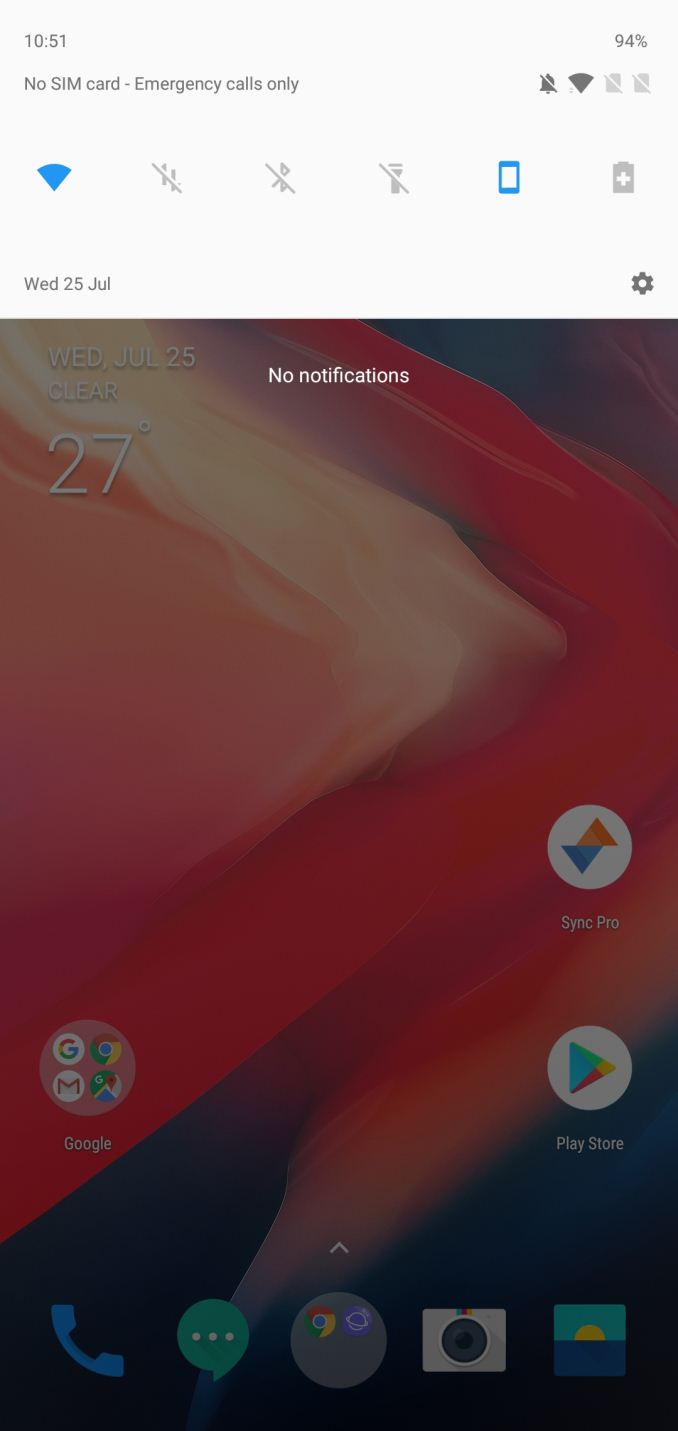
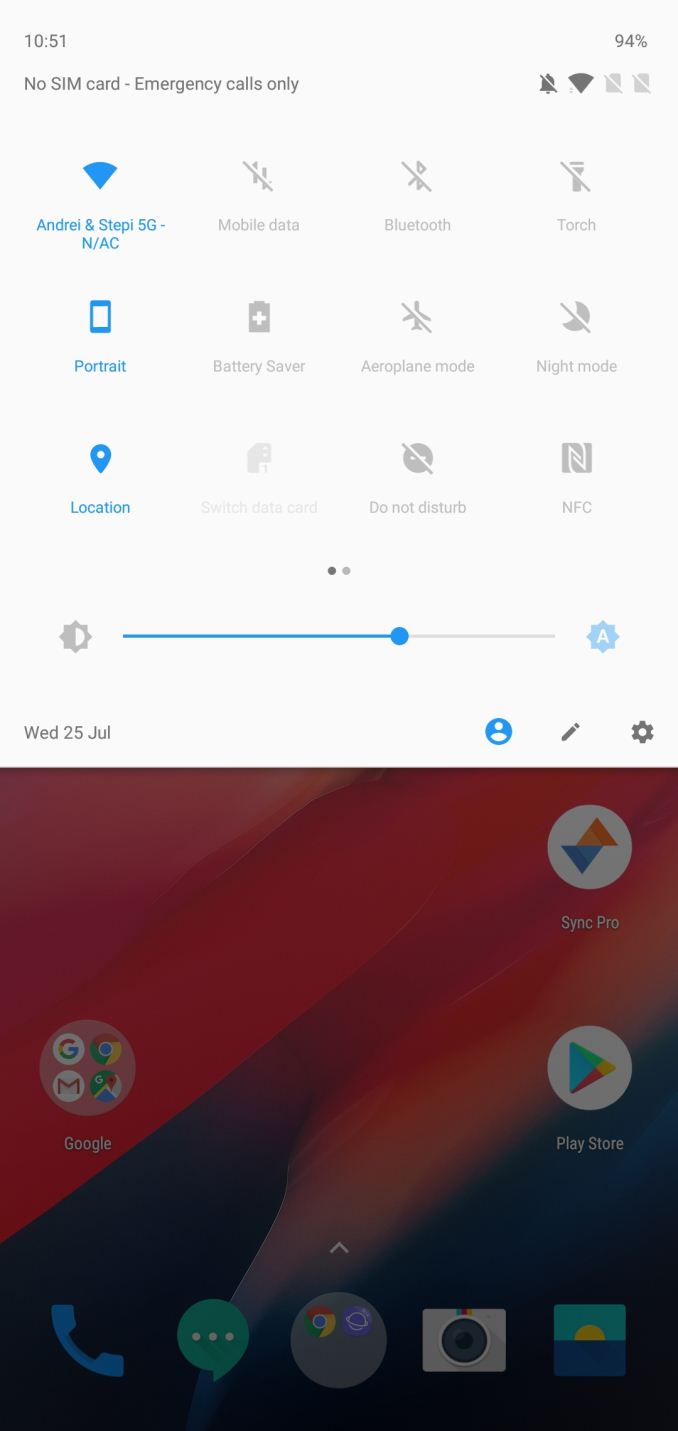
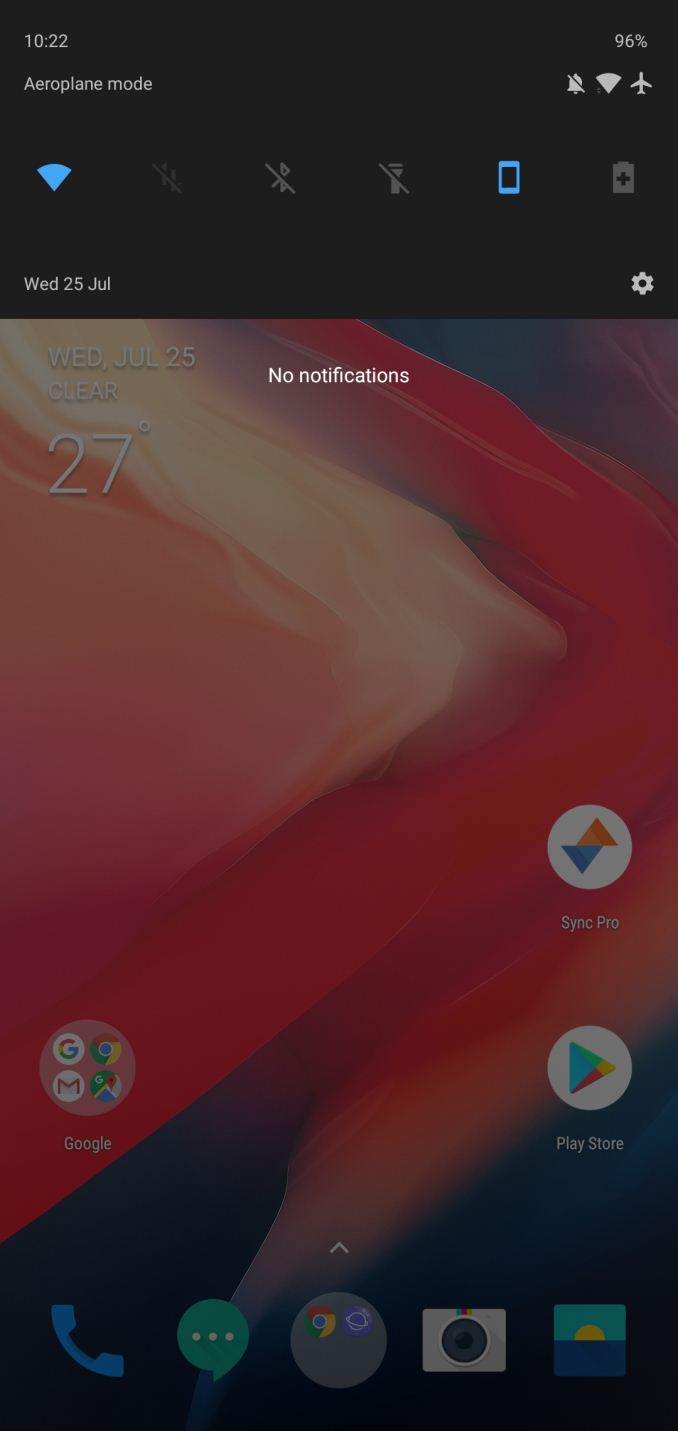
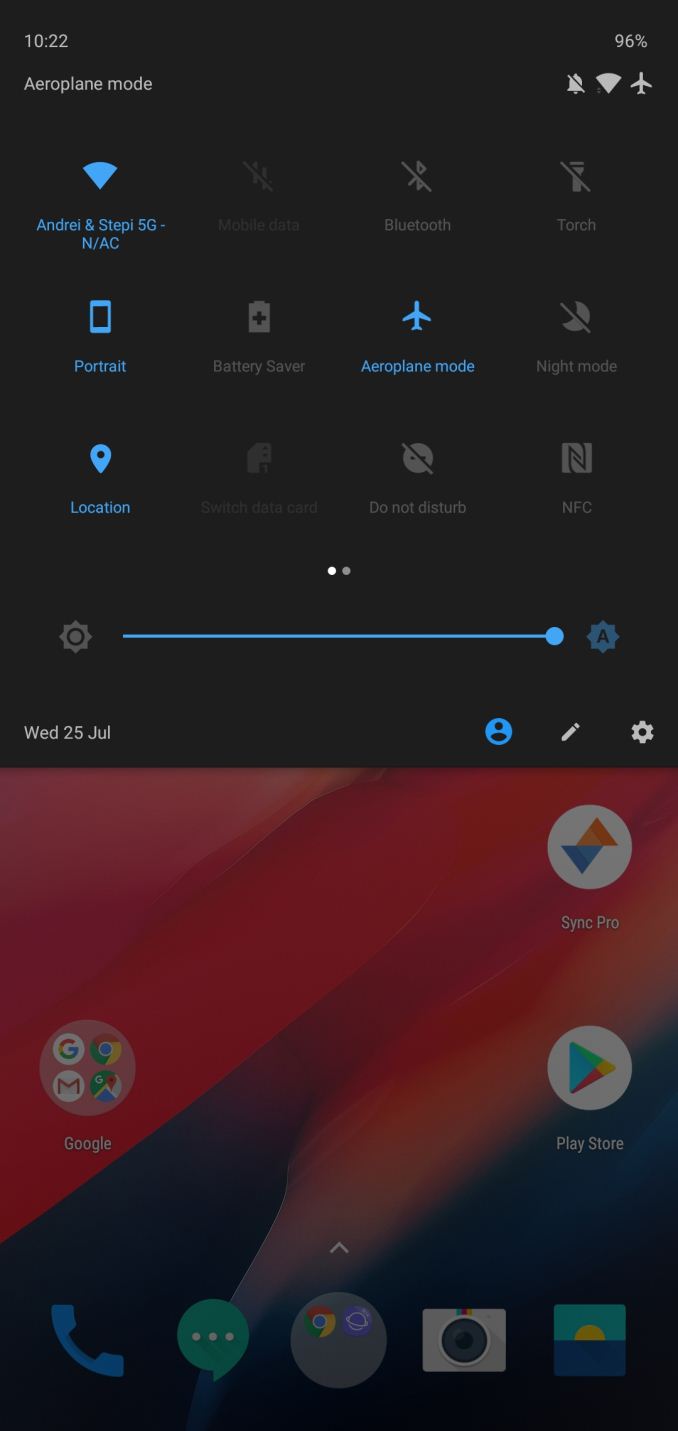
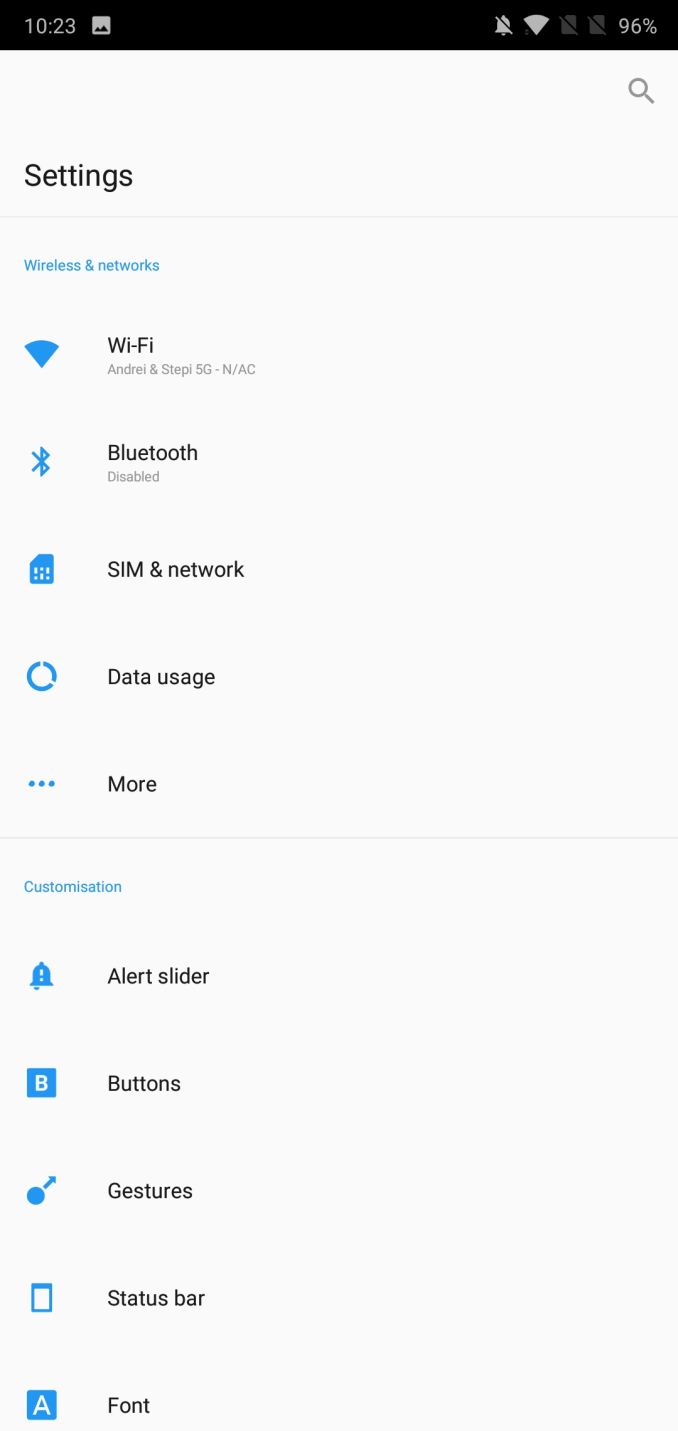
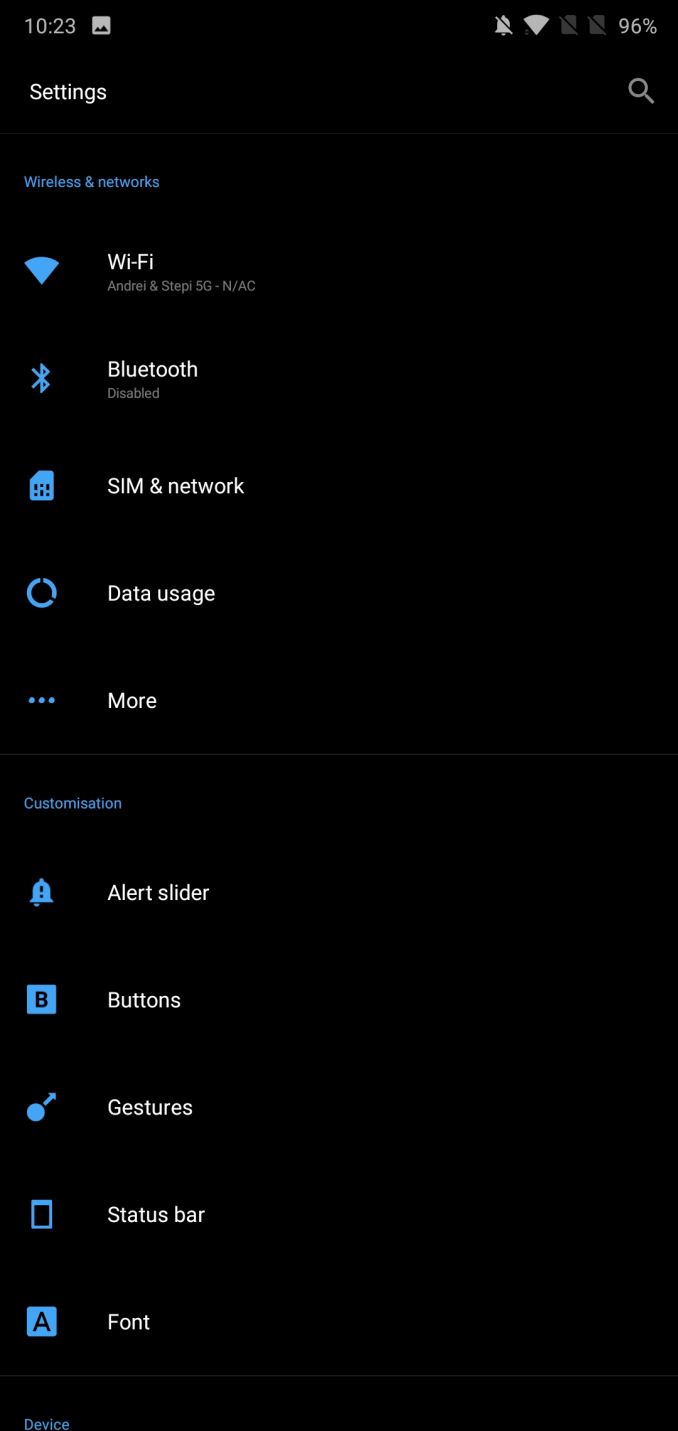
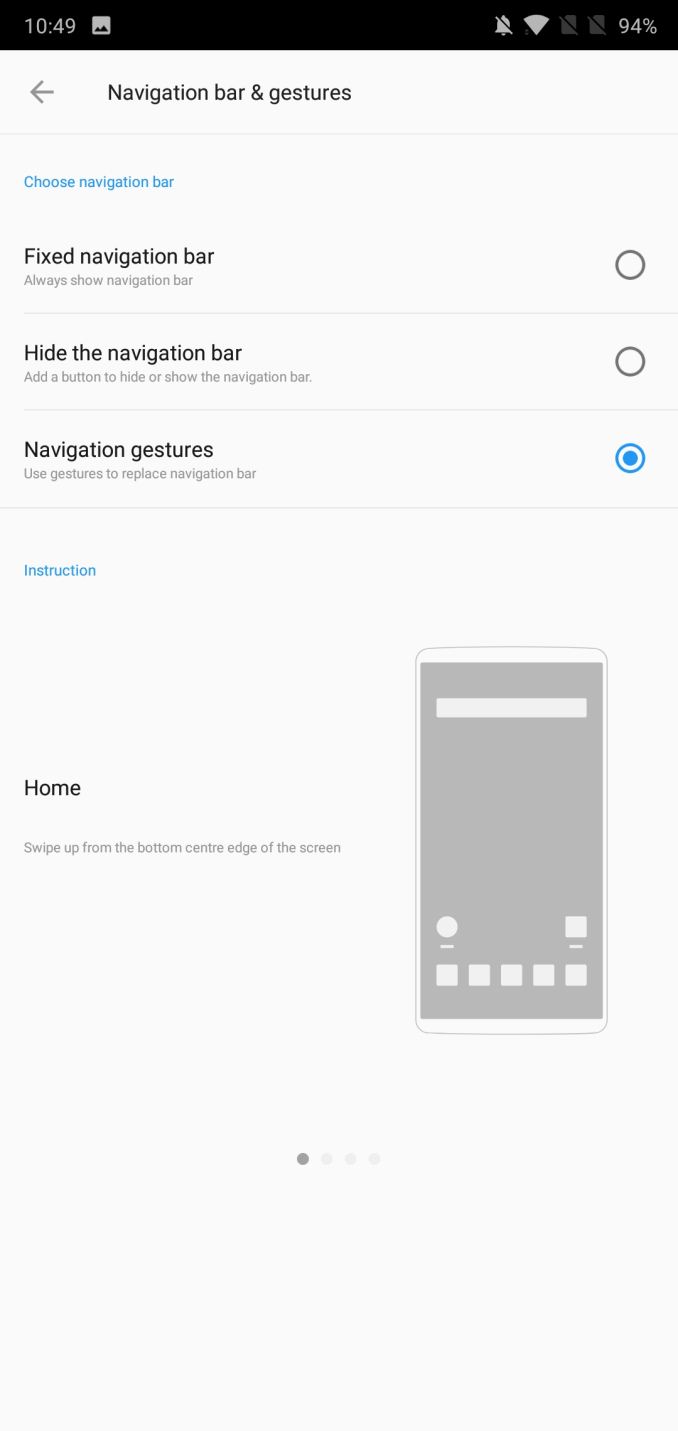
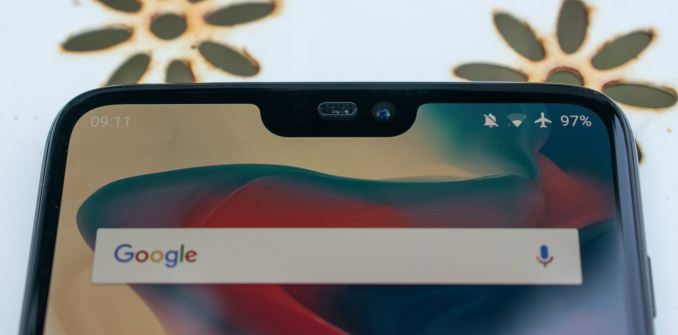
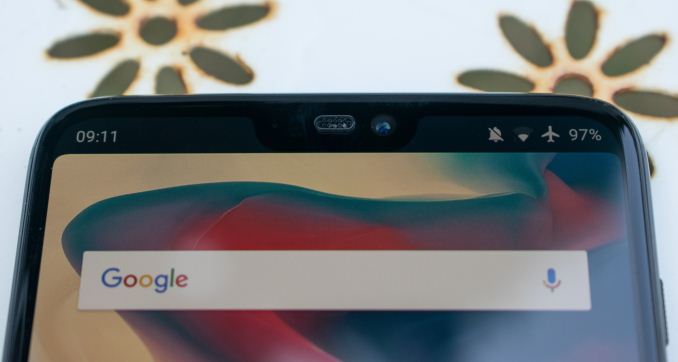








90 Comments
View All Comments
Lau_Tech - Saturday, July 28, 2018 - link
Thank you for the review Andrei! I think at this price point the oneplus 6's main problem is the lack of carrier support.In my country you can get an S9 for cheaper than a one plus 6 (with a carrier plan.)... Only people migrating to sim-only plans will still find the one plus 6 to be an attractive option.
Lau_Tech - Saturday, July 28, 2018 - link
Also would recommend some analysis of the fingerprint/face scanner ease of use Andrei... Something to consider for future reviews.diamondbackbilliards - Saturday, July 28, 2018 - link
More Like IphoneX but I hope beats the Iphone on multitasking level. as iphone can handle no lag even if you left 30 apps open. heavy or light.djayjp - Saturday, July 28, 2018 - link
Yes, buy a oneplus or a Huawei and have your data tracked (and likely hacked) by the Chinese government.PeachNCream - Saturday, July 28, 2018 - link
There's no evidence that phones made by Chinese companies are actually being used for spying at least not outside routine data collection inherent to all Google powered devices. The UA government has an advisory publication out discouraging their use as a precaution where government furnished cellular hardware is concerned, but I wouldn't universally apply that to private citizens that just want to hide their dirty pics from a spouse.djayjp - Monday, July 30, 2018 - link
Yeah you can give the Communist party all of your log in info and have them track you and steal IP. You have no idea how scary things are in China. There is ample evidence the Chinese government does hack. Look up about their new 1984 citizen points system.djayjp - Monday, July 30, 2018 - link
Maybe you'll disappear one day. But don't worry, your organs will be of great benefit to the party leaders.Greg E - Saturday, July 28, 2018 - link
Very useful review, if a little late for my purchase decision :>) A few comments from a user of about a month: 1) I waffled about the notch, finally "turned it off". This makes the notch background always black, which means that the stupid Google decision to not allow colored icons in the notification tray (because that would conflict with the uncontrolled background color) can maybe go away. I sorely miss having some icons easily spotted by use of color. 2) You don't comment on the utility (or otherwise) of the fingerprint sensor on the back. On my previous phone (Note 4) I didn't bother with security, as it was too much hassle. With a reachable, tappable (ie not swipe) FPS, this is easy, so I use it. I no longer use the power button or double-tap on screen to wake the phone, as the FPS does that along with security. 3) I don't care for the glass back either, but I read somewhere that this contributes to better radio performance. My experience in that regard has been pretty good, but I am not in a position to test (hint, hint). Also, this may put them in good position to add 5G antennae in the next generation. Can you comment on this?Andrei Frumusanu - Saturday, July 28, 2018 - link
2) FPS' have been around for long enough now that I generally don't have much to talk about them. Personally as I have like 15 devices on my desk I don't have them on by default and beyond shortly testing them.3) Radio performance testing is insanely hard to do correctly and requires >$60k of equipment or very close cooperation with an RF lab - currently we don't have any of the prerequisites. Also I've seen in the past that posting subjective or amateurish testing can be completely wrong so I prefer not to write about it rather than write misleading things when I have no sense of certainty on the topic.
ZolaIII - Sunday, July 29, 2018 - link
What makes the most on RF (radio) performance is traditionally antenna straight (size) and amplifier. So you have old chunky big antenna M's from late 90's that can get the signal when digged 6 fits under. Glass isn't particularly better than let's say plastic in letting analogue signals true but metals block them. Its a final time to step up and use nano tube polymers for phone casing or at least first gen of so called liquid metals (that actually don't have anything common with metal except straight)...